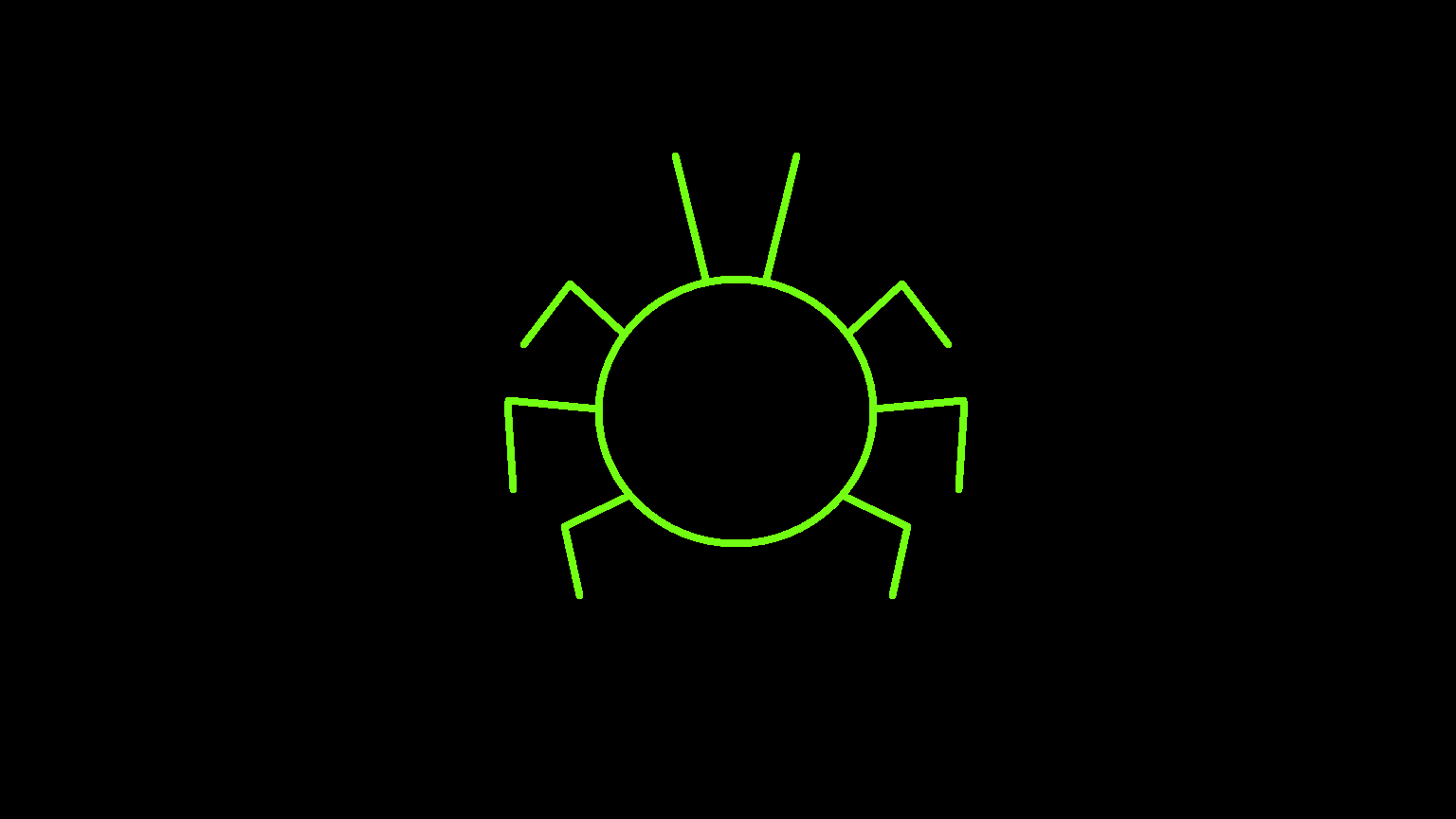
The Indianmeal moth (Plodia interpunctella). The larvae of this species have the ability to bite through plastic and cardboard so even sealed containers may be infested. Once found, the moths are difficult to eradicate. The last instar larvae is also able to travel long distances before pupating; so an infestation site may be located far from the nearest pupation site. In addition to food sources, this species can reproduce and pupate on clothing and any source of clothing must be inspected to prevent reinfestation. Adult moths are a buff, tan or golden color and about 1/3 inch long.

The wheat weevil (Sitophilus granarius), also known as the grain weevil or granary weevil, is an insect that feeds on cereal grains, and is a common pest in many places. It can cause significant damage to harvested stored grains and may drastically decrease crop yields. The females lay many eggs and the larvae eat the inside of the grain kernels. Adult wheat weevils are about 3–5 mm (0.12–0.20 in) long with elongated snouts and chewing mouth parts. Depending on the grain kernels, the size of the weevil varies. In small grains, such as millet or grain sorghum, they are small in size, but are larger in maize. The adults are a reddish-brown color and lack distinguishing marks. Adult wheat weevils are not capable of flight. Larvae are legless, humpbacked, and are white with a tan head. Weevils in the pupal stage have snouts like the adults.

